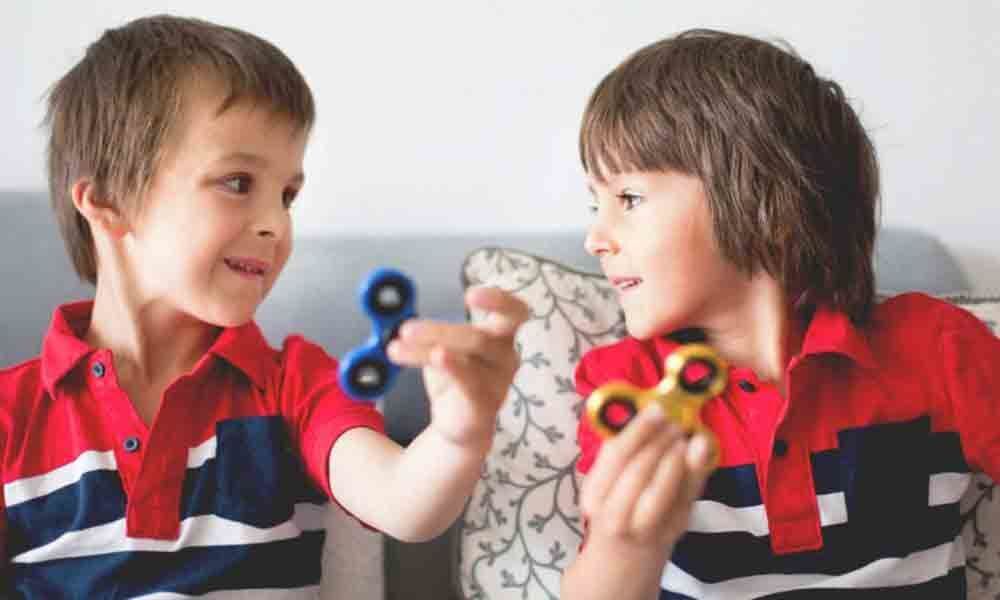Live
- Sandhya Theater Stampede Incident: Rahul Ramakrishna Retracts Comments on Issue
- Garena Free Fire MAX Redeem Codes for December 2024: Unlock Skins, Weapons, and More
- Dr. Ponguleti Sudhakar Reddy Welcomes Union Minister Piyush Goyal in Bengaluru
- Why Christmas is Celebrated on December 25: The Link to Roman Festivals
- Tributes paid to G Venkataswamy (Kaka)
- Amit Shah should quit; demand MP, MLA
- Hike in support price brings cheer to coconut farmers
- Apple's Face ID Smart Doorbell Could Unlock Doors by Late 2025
- Amit Shah must tender apology
- Govt’s focus on rural and tribal health: Minister Damodar
Just In

Children who are frequently fidgeting during everyday activities burn more calories, using up energy amounting to nearly 3kg of body weight a year, according to a study.
Children who are frequently fidgeting during everyday activities burn more calories, using up energy amounting to nearly 3kg of body weight a year, according to a study. The study, which was carried out in Australia but involved academics at the University of Strathclyde in Scotland, said fidgeting could have a "meaningful" biological or health effects in early childhood. Forty children took it in turns to spend just over an hour in an observation room and had their calorie expenditure measured while they took part in a range of activities, including watching television, playing with toys on the floor, drawing and colouring in, it said.
Researchers recorded their shifts in posture, which took forms, including sitting, standing and lying down. These shifts were found to have had a noticeable impact on the activity energy expenditure (AEE) of the children, who were mostly aged between four and five. The researchers concluded that such fidgeting activity could have "meaningful" biological or health effects in early childhood. The study is published in the journal PLOS One. Professor John Reilly, of Strathclyde's School of Psychological Sciences & Health, was a partner in the study.
"There's a growing scientific interest in the benefits of breaking up sedentary behaviour with spells of standing or walking but there has been very little research into the energy used in changes in posture – also known as fidgeting," he said. "Fidgeting in adults has been found to consist mainly of things like tapping hands or feet but children make bigger whole-body movements when they fidget and they also fidget more often than adults." "Understanding the relationship between these transitions in posture and expenditure of energy could help to explain differences between the amounts of energy children use.
This is a comparatively small-scale study but could be significant when the amount of time in which children are sedentary adds up over days, weeks and months. The difference between children who fidgeted the most and fidgeted the least could, for a child weighing 20kg, equate to nearly 3kg of body weight a year," he said.
The highest number of posture transitions were seen while the children were playing with toys and the lowest while they were watching television. The children participating in the study had an average height of 112.9 cm (3ft 8.4 in) and an average weight of 20.6 kg (3st 3.3 lb). They were not preselected for any tendency to have low or high rates of fidgeting. The study reflects Good Health and Wellbeing, which is among the United Nations' Sustainable Development Goals. The University of Strathclyde is a signatory to the Goals, which the UN has set to pursue justice, peace, good health, responsible use of resources and the eradication of poverty and hunger.

© 2024 Hyderabad Media House Limited/The Hans India. All rights reserved. Powered by hocalwire.com







